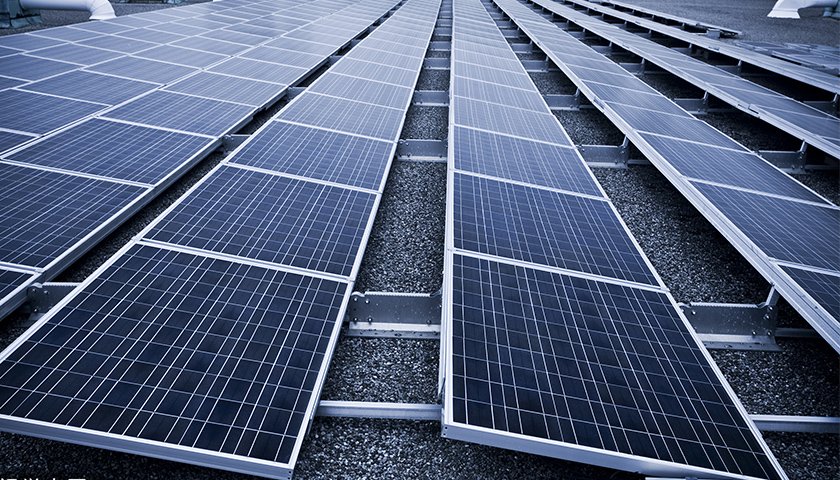The preparation process of TOPCon cells includes cleaning texture, front boron diffusion, BSG removal and back etching, oxide layer passivation contact preparation, front aluminum oxide deposition, front and back silicon nitride deposition, screen printing, sintering and test sorting, There are about 12 steps, among which, the passivation layer film deposition, that is, CVD, is the core process link.
According to different passivation methods, the TOPCon process can be divided into four types: LPCVD, PECVD, PEALD+PECVD, and PCD POLY Si.
LPCVD is low-pressure vapor deposition. The principle is to activate thermal decomposition reaction of one or several gaseous substances under lower pressure, and then deposit them on the surface of the substrate to form the desired film; PECVD is plasma-enhanced gas phase deposition. Deposition, by means of microwave or radio frequency, the gas containing the constituent atoms of the film forms a plasma locally, and deposits the desired film on the substrate; PEALD+PECVD is plasma enhanced atomic layer deposition, which combines ALD and plasma-assisted deposition Advantages; PVD is physical vapor deposition, which uses physical methods (vacuum sputtering coating) to deposit materials on the workpiece to be plated under vacuum conditions.
Currently, POPAID used by Jolywood belongs to the PVD deposition silicon oxide and polysilicon film technology. According to its introduction, this process solves the serious problem of traditional mass production winding plating.
The four methods of LPCVD, PECVD, PEALD+PECVD, and PVD polySi have their own advantages and disadvantages. At present, LP is the mainstream in the industry:

1) LPCVD: It has great advantages in terms of efficiency, yield and production capacity. The current GW-level mass production efficiency is 24.9%, the laboratory efficiency is 25.7%, the yield rate is 97%, and the film formation rate is about 5-8nm/min. Single plug 4300pcs, double plug 8000pcs, but there are problems such as short quartz life, large consumables, slow deposition rate and serious winding plating, and there is still room for improvement;
2) PECVD: The deposition rate is as high as 16nm/min, and the surrounding plating is slightly within 2mm. It is easy to do in-situ doping, and the equipment investment cost is lower than that of the LP route. After the verification of the yield and efficiency data in the future, it is expected to be applied on a large scale. Based on the deep cultivation of the PE route, the three-in-one PE-poly equipment launched by Jiejia Weichuang has attracted the attention of the market;
3) Other routes: PEALD+PECVD method, the use of PEALD to deposit silicon oxide can solve the original inhomogeneity problem; PVD method has fast film forming speed, no winding plating, and is conducive to thinning and multi-functional upgrades, but the equipment price is high and convenient Poor resistance uniformity.
https://wa.me/message/CAA3L465O4QJM1




